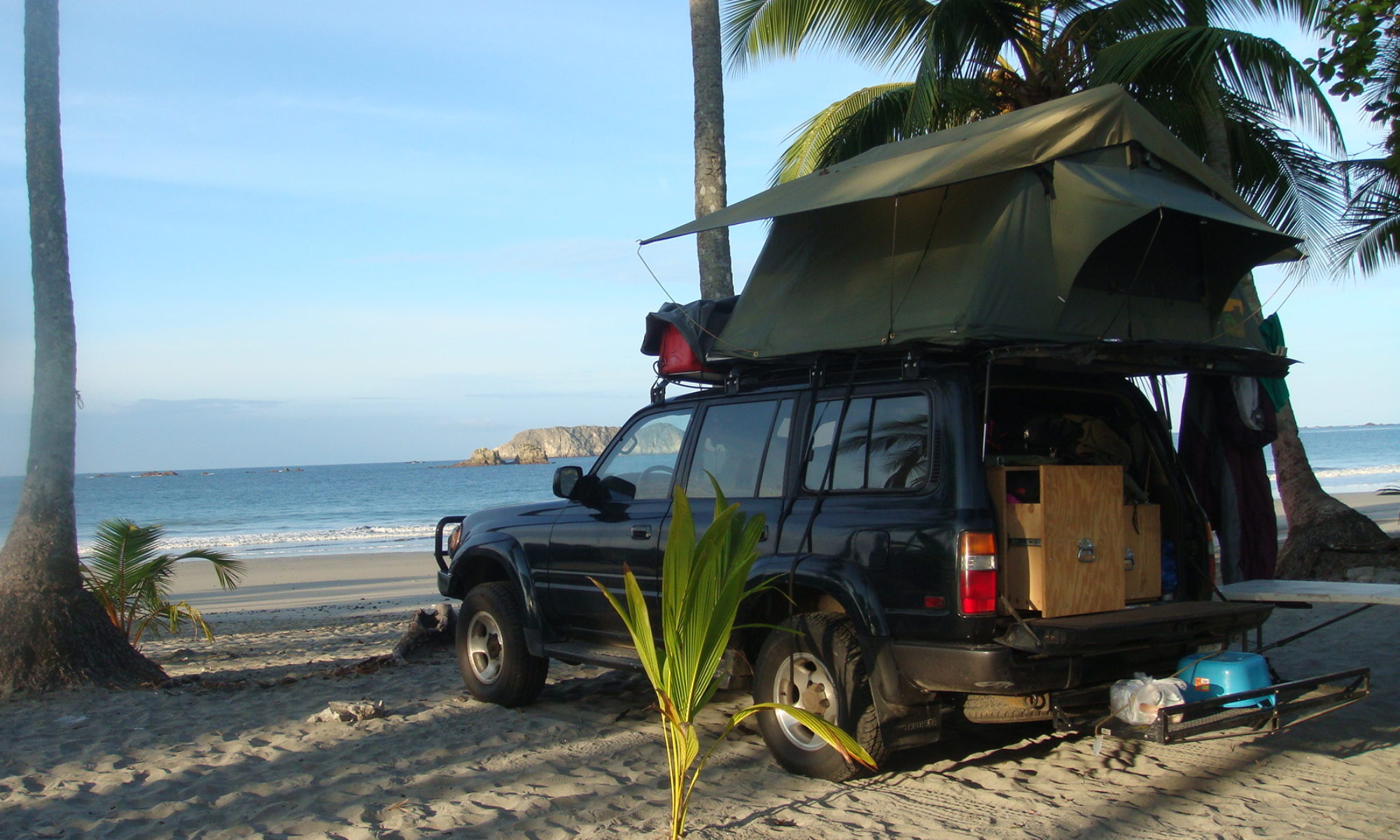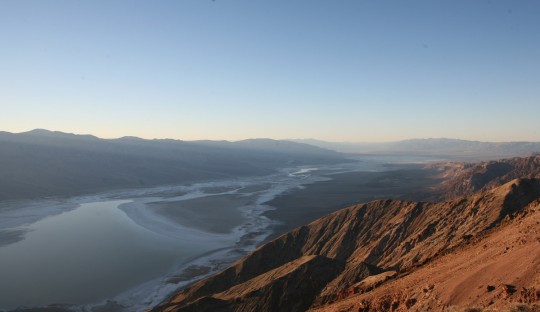
It has been a long time since I have been in the desert. I want to say I missed it, but when I recall my adventures in Ethiopia, I can’t say it was party time either. But as time went by, I now see this period with nostalgia. This week I was in Death Valley, and no landscape I saw so far reminded me as much as the desert in eastern Ethiopia.
You can check this old post if you don’t recall my misadventures as I was trying to get through the Djibouti border.
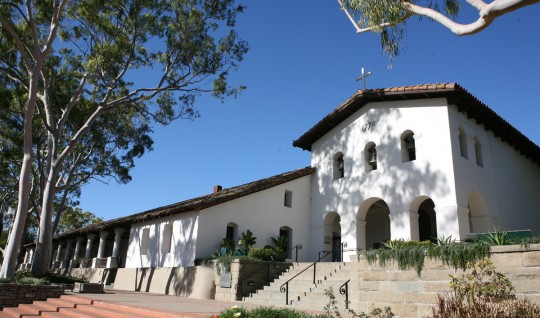
But let’s begin by the beginning. This week started with my departure from Los Angeles and a first night in San Luis Obispo. A new routine began, and I am cooking every night, trying to save cash while the temperatures are still comfortable. Of course I am not speaking about cooking amid wonderful landscape in remote areas, but more in the parking of cheap motels. Still, I am glad to use my camping equipment again.
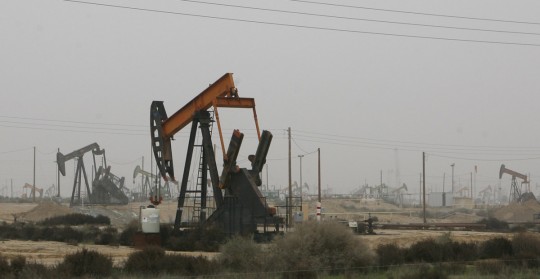
After a quick visit through the town, I continued my drive northeast toward Porterville, the last city before attacking the mountains. Between the cities, it is a strange area. Not much to see but endless agricultural fields, oil fields, and a dense fog as I approached the mountains’ feet.
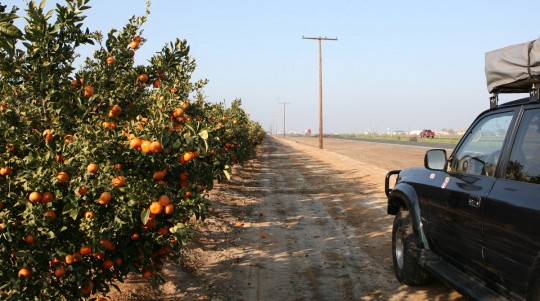
The traveler can still be rewarded by trying one of the tacos truck along the route serving generations of Mexicans who came here to help with the hard farm labor.
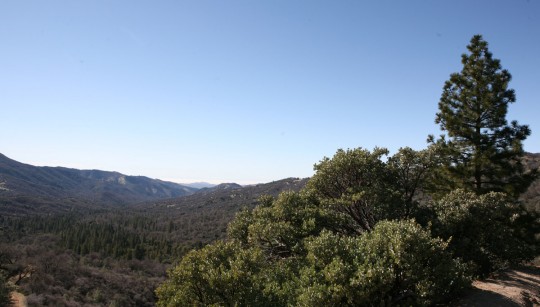
I can’t say that Porterville was the highlight of my Californian adventures, and I failed to identify a true center in the city during a hike in the empty streets.
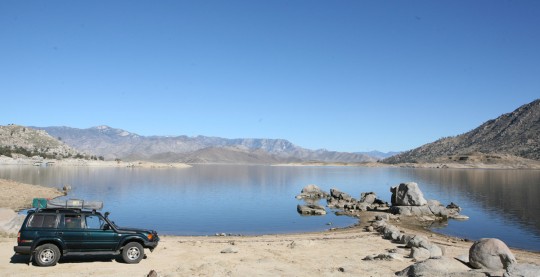
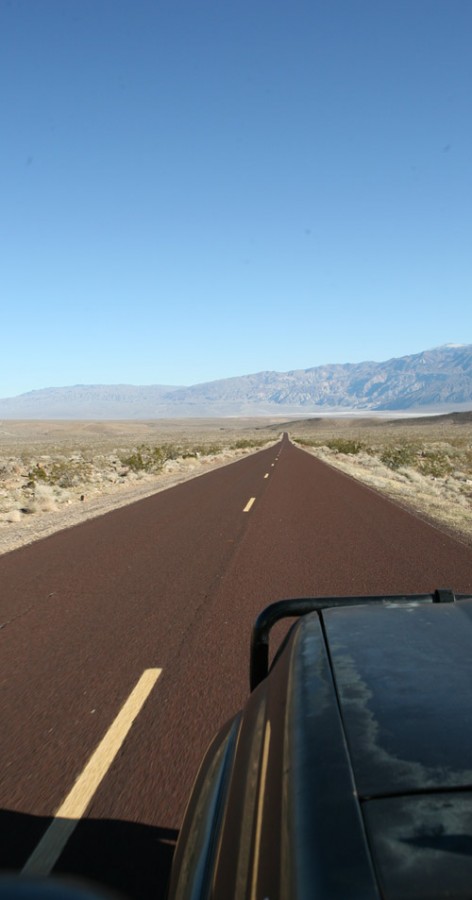
The following day, I was thrilled to go up in the mountain toward the Sequoia National Park. Unfortunately, after 30 miles up, the road was cut by snow. In the winter, snow is not cleared on this portion of the 190 going to Camp Nelson. My father and I went back down the road and tried with success a more southern route to get to Isabella Lake.
After a break there for lunch, we drove due east and spent the night in the high-desert city of Ridgecrest. All the poetry there can be found in the desert and the four mountain ranges surrounding the city.
But the best was to come. The following day, we started our trip through Death Valley, and I found myself unexpectedly back in time and living again my trip through Ethiopia.
When you drive cross country, it is worth getting the National Park pass “America the beautiful”. For $80, you and your party can go for free to any national park for one year. In my case, the pass will have probably paid for itself before the end of my road trip.
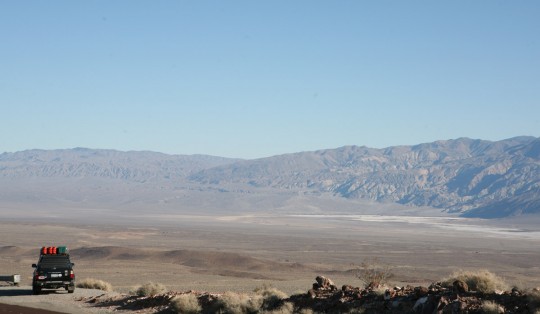
According to the National Park Services, Death Valley was given its name by a group of pioneers lost here in the winter of 1840s. Only one of the group died here, but they all assumed that the valley would be their grave. As they climbed out of the valley over the Panamint Mountains, one of the men looked back, and said “goodbye, Death Valley.”
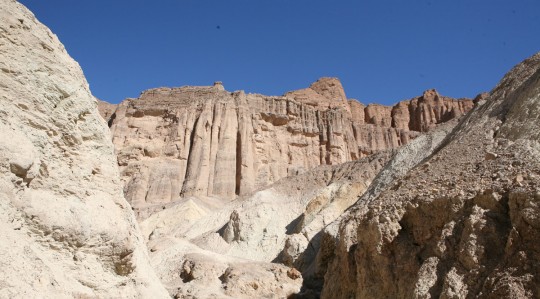
We took a popular route through the Valley. We stopped first at the sand dunes and then went south along the Badwater road, to get to the Badwater Basin. At 282 feet below sea level it is the lowest point in North America.
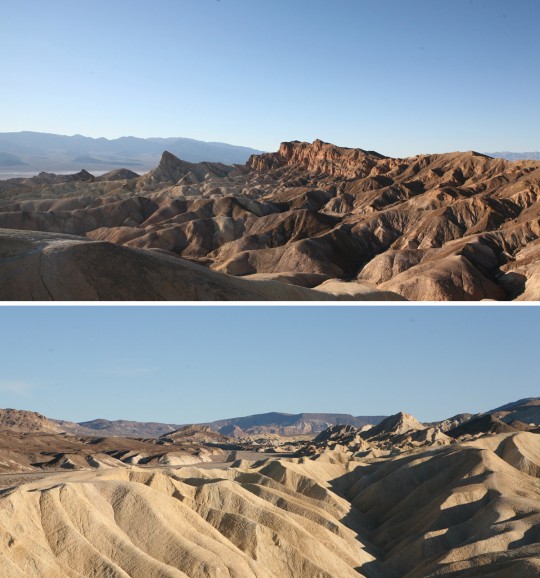
On our way back we took the Artist’s Drive and stopped at Zabriskie Point and Dante’s View, two locations providing breathtaking views on the park’s mountains.
At the end of the day, after sunset, we arrived at the Amargosa Hotel, a Spanish colonial style edifice built by a mining company in the 1920s. It is listed as the top-ten haunted hotel in the country, but tired, we didn’t witness anything worth more attention than our beds.
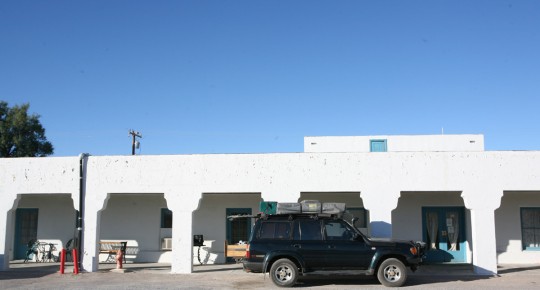
After driving few hours in the morning and crossing the state line, we arrived in Las Vegas, Nevada.
